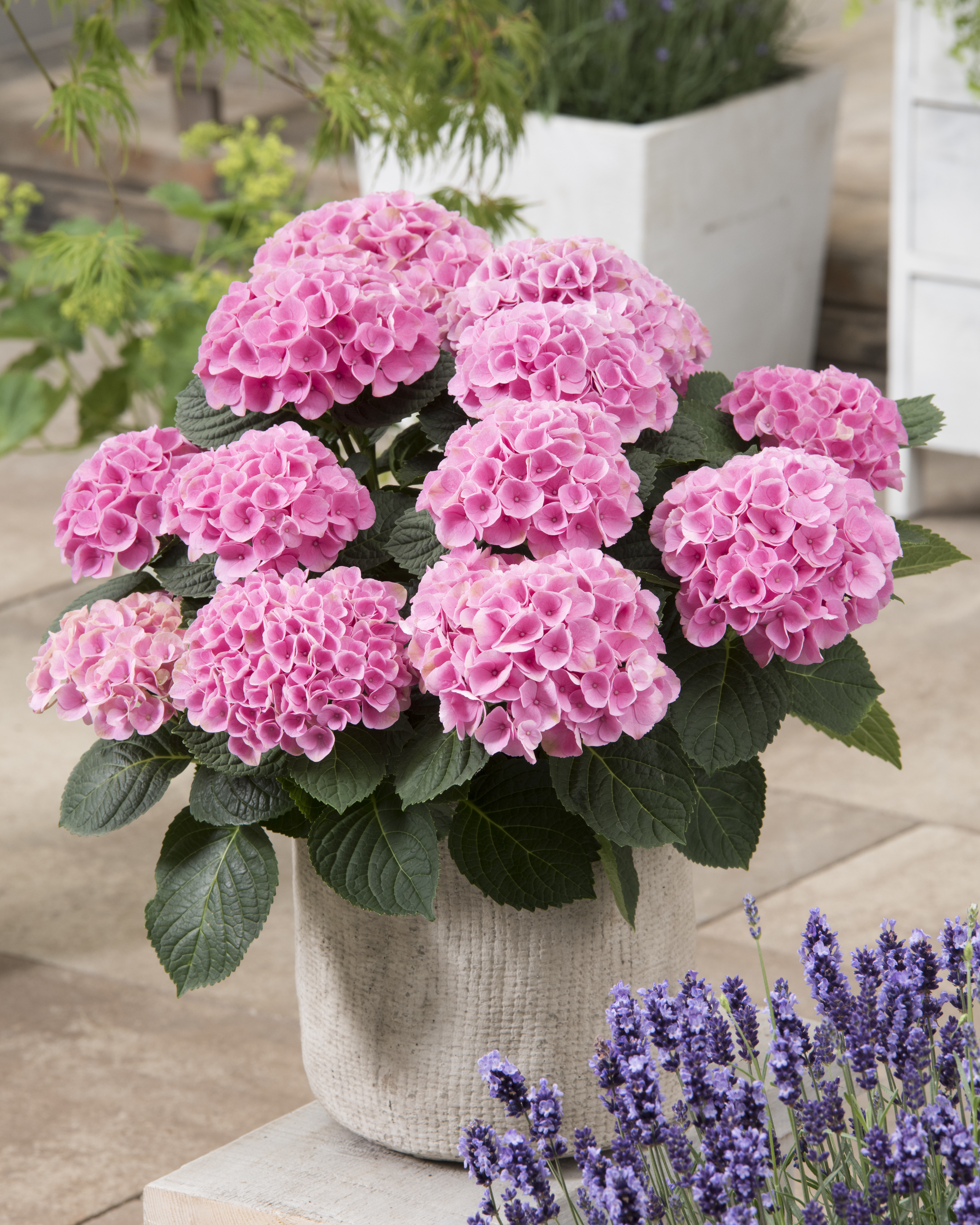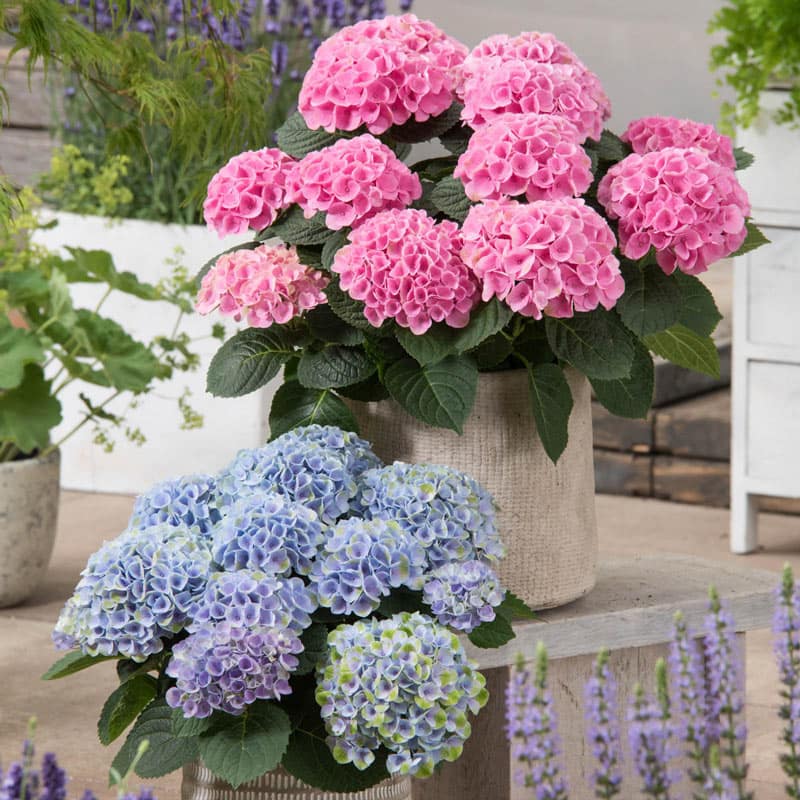Elizabeth Ashley Hydrangea: The Lowmaintenance Hydrangea That Will Bloom All Summer Long
Elizabeth Ashley Hydrangea: The Low-Maintenance Hydrangea That Will Bloom All Summer Long
The Elizabeth Ashley Hydrangea is a beautiful and easy-to-grow shrub that is perfect for any garden. It produces large, showy blooms in shades of pink or blue that can last for months. Elizabeth Ashley Hydrangeas are also relatively low-maintenance, making them a great choice for busy gardeners.
In this blog post, we will discuss the following:
- The history of the Elizabeth Ashley Hydrangea
- The plant's unique features
- How to grow and care for an Elizabeth Ashley Hydrangea
- Common problems and how to solve them
- Where to buy an Elizabeth Ashley Hydrangea
History of the Elizabeth Ashley Hydrangea
The Elizabeth Ashley Hydrangea was first introduced in 2008 by Proven Winners, a leading plant breeder. It was named after the American actress Elizabeth Ashley, who is known for her beauty and grace.
Elizabeth Ashley Hydrangeas are a cross between two other hydrangeas: Hydrangea paniculata and Hydrangea serrata. This cross gives them the best features of both parents. They have the large, showy blooms of Hydrangea paniculata and the hardiness and adaptability of Hydrangea serrata.
Unique Features of the Elizabeth Ashley Hydrangea
Elizabeth Ashley Hydrangeas have several unique features that make them stand out from other hydrangeas. These features include:
- Large, showy blooms: Elizabeth Ashley Hydrangeas produce large, cone-shaped blooms that can reach up to 12 inches in diameter. The blooms are typically pink or blue, but they can also be white or cream.
- Long blooming season: Elizabeth Ashley Hydrangeas bloom from early summer to late fall. This means that you can enjoy their beautiful flowers for months on end.
- Low-maintenance: Elizabeth Ashley Hydrangeas are relatively low-maintenance plants. They require regular watering, but they do not need to be fertilized or pruned heavily.
- Hardy: Elizabeth Ashley Hydrangeas are hardy in USDA zones 4-8. This means that they can withstand cold winters and hot summers.
How to Grow and Care for an Elizabeth Ashley Hydrangea
Elizabeth Ashley Hydrangeas are relatively easy to grow. They prefer full sun to partial shade and well-drained soil. They should be watered regularly, especially during hot, dry weather. Fertilize them once a year in the spring with a balanced fertilizer.
Elizabeth Ashley Hydrangeas do not need to be pruned heavily. However, you may want to remove dead or damaged branches in the spring. You can also prune them to shape them or control their size.
Common Problems and How to Solve Them
Elizabeth Ashley Hydrangeas are generally healthy plants. However, they can be susceptible to a few problems, including:
- Leaf spot: Leaf spot is a fungal disease that can cause brown or black spots on the leaves. To treat leaf spot, you can use a fungicide.
- Powdery mildew: Powdery mildew is another fungal disease that can cause a white, powdery coating on the leaves. To treat powdery mildew, you can use a fungicide or insecticidal soap.
- Aphids: Aphids are small, sap-sucking insects that can damage the leaves and flowers of Elizabeth Ashley Hydrangeas. To control aphids, you can use insecticidal soap or neem oil.
Where to Buy an Elizabeth Ashley Hydrangea
Elizabeth Ashley Hydrangeas are available at most garden centers and online retailers. When choosing a plant, look for one that is healthy and has no signs of pests or diseases.
If you're looking for a beautiful and low-maintenance hydrangea, the Elizabeth Ashley is a great option. It's named after the late actress Elizabeth Ashley, who was known for her beauty and grace. The Elizabeth Ashley hydrangea has large, showy flowers that bloom in shades of blue, pink, or white. It's a reblooming variety, so you'll enjoy flowers from late spring to early fall.
The Elizabeth Ashley hydrangea is easy to care for. It prefers full sun to partial shade and moist, well-drained soil. Water it regularly, especially during the first year after planting. You can fertilize it once a year in the spring with a balanced fertilizer.
If you're looking for more information about the Elizabeth Ashley hydrangea, I recommend visiting . This website has a wealth of information about this beautiful plant, including care tips, planting instructions, and photos of different varieties.
FAQ of elizabeth ashley hydrangea
- What is Elizabeth Ashley hydrangea?
Elizabeth Ashley hydrangea is a large, deciduous shrub that can grow up to 8 feet tall and wide. It has large, showy flowers that bloom in shades of blue, pink, or white. The flowers are borne on panicles, which are clusters of small flowers. Elizabeth Ashley hydrangea is a relatively easy plant to care for and is hardy in USDA zones 5-9.
- How do I care for Elizabeth Ashley hydrangea?
Elizabeth Ashley hydrangea prefers full sun to partial shade and well-drained soil. It should be watered regularly, especially during the first year after planting. You should also fertilize your hydrangeas once a year in the spring with a balanced fertilizer. Elizabeth Ashley hydrangeas are relatively pest- and disease-free, but you may need to prune them occasionally to maintain their shape.
- What is the life cycle of a hydrangea?
Hydrangeas are long-lived shrubs, sometimes living for up to 50 years if properly cared for. They typically start blooming in the early summer and continue to bloom for several weeks. The flowers will eventually fade and fall off, but the shrub will continue to grow and produce new leaves.
- What are the different colors of Elizabeth Ashley hydrangea?
The color of Elizabeth Ashley hydrangea flowers can vary depending on the acidity of the soil. In acidic soil, the flowers will be blue. In alkaline soil, the flowers will be pink. You can change the color of your hydrangeas by adjusting the acidity of the soil.
- How do I propagate Elizabeth Ashley hydrangea?
Elizabeth Ashley hydrangea can be propagated by division or by cuttings. To propagate by division, simply dig up a mature plant and divide it into several smaller plants. To propagate by cuttings, take a 4-6 inch cutting from a healthy plant in the spring or summer. Dip the cutting in rooting hormone and plant it in a pot of well-drained soil. Keep the soil moist and the cutting in a warm, sunny location. The cutting should root in 4-6 weeks.
Image of elizabeth ashley hydrangea
- Image 1: A full-grown Elizabeth Ashley hydrangea shrub in full bloom. The flowers are a light pink color with a white center. The shrub is lush and green, with a height and spread of about 3 feet.

- Image 2: A close-up of the flowers of an Elizabeth Ashley hydrangea. The flowers are delicate and lace-like, with a slightly wavy edge. The color is a soft pink, with a white center.

- Image 3: A group of Elizabeth Ashley hydrangea shrubs planted in a garden. The shrubs are all in full bloom, and the flowers are a variety of colors, from light pink to dark blue. The shrubs are surrounded by other flowers and plants, creating a colorful and inviting scene.

- Image 4: A single Elizabeth Ashley hydrangea shrub in a pot. The shrub is in full bloom, and the flowers are a bright pink color. The pot is placed on a patio, and the hydrangea is surrounded by other plants and flowers.

- Image 5: A bouquet of Elizabeth Ashley hydrangea flowers. The flowers are a mix of light pink and dark blue, and they are arranged in a vase. The bouquet is placed on a table, and it is surrounded by other flowers and plants.

Post a Comment for "Elizabeth Ashley Hydrangea: The Lowmaintenance Hydrangea That Will Bloom All Summer Long"